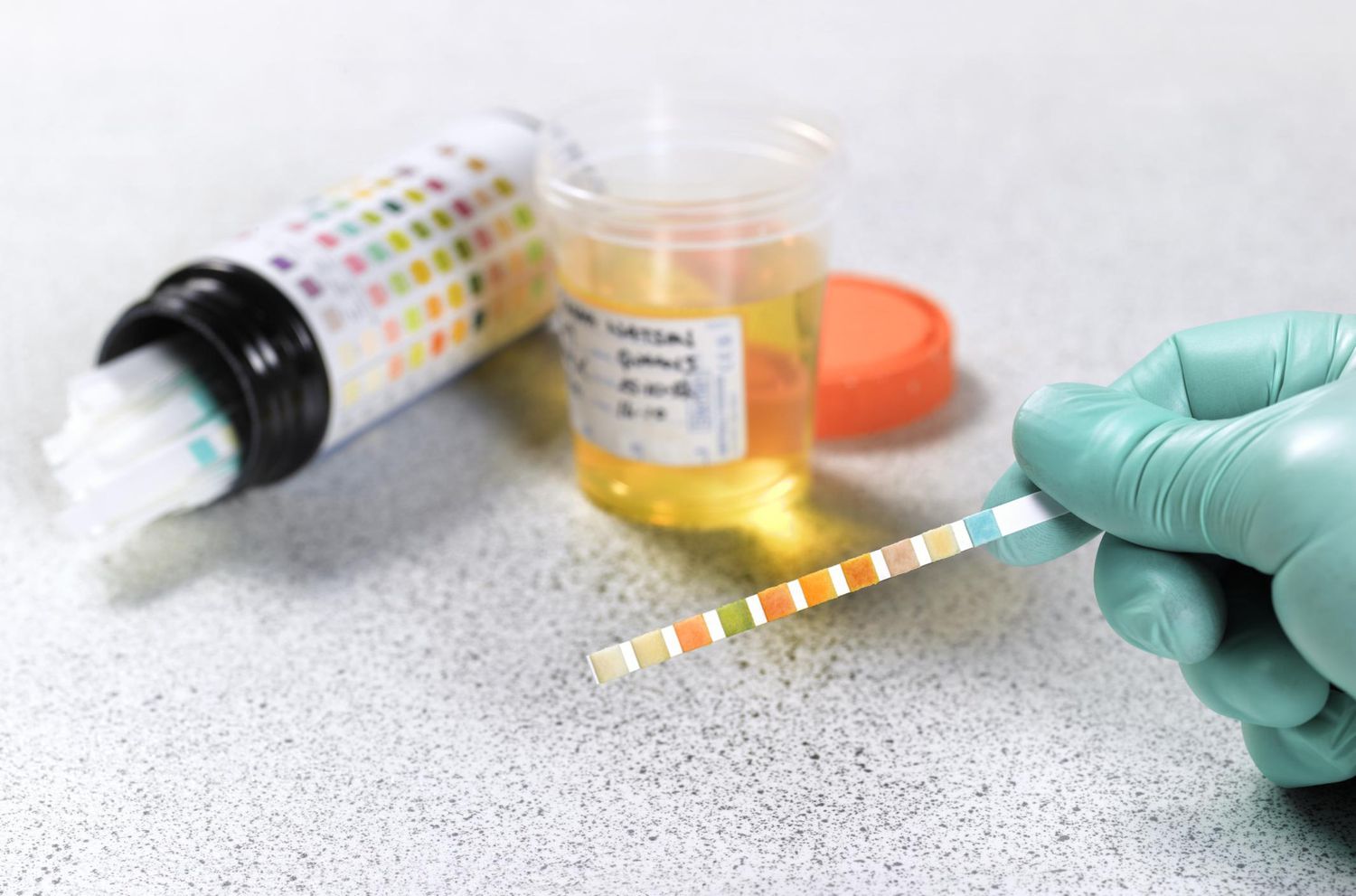
Ever wondered how science can detect those sneaky traces of alcohol consumption days after the last drink? Well, ETG tests are the sleuths in the world of toxicology, sniffing out alcohol metabolites with impressive accuracy. ETG tests stand as a testament to how far we've come in understanding the body's processing of alcohol. These tests look for ethyl glucuronide, a direct metabolite of ethanol, offering a detection window that's longer than traditional methods. Whether for legal, employment, or medical reasons, understanding ETG tests can be incredibly useful. So, why do these tests matter, and what makes them so reliable? Let's dive into the fascinating world of ETG tests, uncovering 15 facts that shed light on their significance and operation. Ready to get clued up on one of toxicology's most intriguing tools?
Key Takeaways:
- ETG tests can detect alcohol consumption up to 80 hours after drinking, making them useful for monitoring sobriety in treatment programs and legal cases.
- While ETG tests offer longer detection periods and convenience, they may produce false positives from exposure to alcohol-containing products.
What Is an ETG Test?
Ethyl glucuronide (EtG) tests provide a way to screen for alcohol consumption. Unlike traditional methods, these tests can detect traces of ethanol in the body for a longer period after drinking has stopped. This makes them particularly useful for monitoring individuals in alcohol treatment programs, legal cases, and certain job screenings.
- EtG tests are highly sensitive and can detect alcohol up to 80 hours after ingestion.
- They analyze samples from various sources, including urine, blood, and hair.
How Do ETG Tests Work?
These tests identify EtG, a direct metabolite of ethanol. Since EtG is only produced when the body metabolizes alcohol, its presence is a reliable indicator of recent alcohol consumption.
- EtG is formed in the liver and can be detected even after the ethanol itself is no longer present.
- The process involves sophisticated laboratory techniques, ensuring accurate results.
Advantages of ETG Testing
ETG tests offer several benefits over traditional alcohol testing methods. Their sensitivity and longer detection window make them invaluable in many scenarios.
- They allow for a longer detection period, which is crucial for monitoring sobriety in alcohol treatment programs.
- ETG tests are less invasive, often requiring only a urine sample.
Limitations and Considerations
While ETG tests are powerful tools, they are not without their limitations. Understanding these can help interpret test results more accurately.
- False positives can occur, especially from exposure to products containing alcohol, such as hand sanitizers and mouthwash.
- The tests do not indicate the amount of alcohol consumed, only that alcohol was ingested.
ETG Tests in Legal and Employment Contexts
In legal and employment settings, ETG tests are increasingly used to verify abstinence from alcohol.
- Courts may order ETG tests in cases involving alcohol-related offenses or custody disputes.
- Employers might use these tests to ensure workplace safety and compliance with alcohol-free policies.
ETG Tests for Personal Use
Individuals may also use ETG tests for personal reasons, such as self-monitoring or to demonstrate sobriety.
- Home ETG test kits are available, offering privacy and convenience for users.
- These kits can be a supportive tool for individuals in recovery, helping them stay accountable.
Research and Developments in ETG Testing
Ongoing research continues to refine ETG testing, making it more reliable and accessible.
-
New advancements aim to reduce false positives, enhancing the test's accuracy.
-
Studies are exploring alternative biological samples, like hair, which may extend the detection window even further.
-
Technology improvements are making ETG tests quicker and more cost-effective, broadening their use in various settings.
ETG tests represent a significant advancement in alcohol testing, offering a blend of sensitivity, reliability, and convenience. Whether for legal, employment, or personal reasons, they provide a valuable tool for detecting alcohol consumption.
A Final Look at ETG Tests
ETG tests stand out for their ability to trace alcohol consumption up to 80 hours after the last drink. This makes them a go-to for monitoring sobriety in various settings, from legal scenarios to workplace compliance. Understanding how these tests work, their reliability, and factors influencing results is crucial for anyone undergoing testing. Remember, hydration levels, metabolism, and the amount of alcohol consumed can all affect outcomes. For accurate readings, follow guidelines provided by testing authorities. Whether you're facing a test due to legal requirements, employment policies, or personal monitoring, knowledge about ETG tests empowers you to navigate the process with confidence. Keep in mind, staying informed and prepared is your best strategy for dealing with ETG tests.
Frequently Asked Questions
Was this page helpful?
Our commitment to delivering trustworthy and engaging content is at the heart of what we do. Each fact on our site is contributed by real users like you, bringing a wealth of diverse insights and information. To ensure the highest standards of accuracy and reliability, our dedicated editors meticulously review each submission. This process guarantees that the facts we share are not only fascinating but also credible. Trust in our commitment to quality and authenticity as you explore and learn with us.


